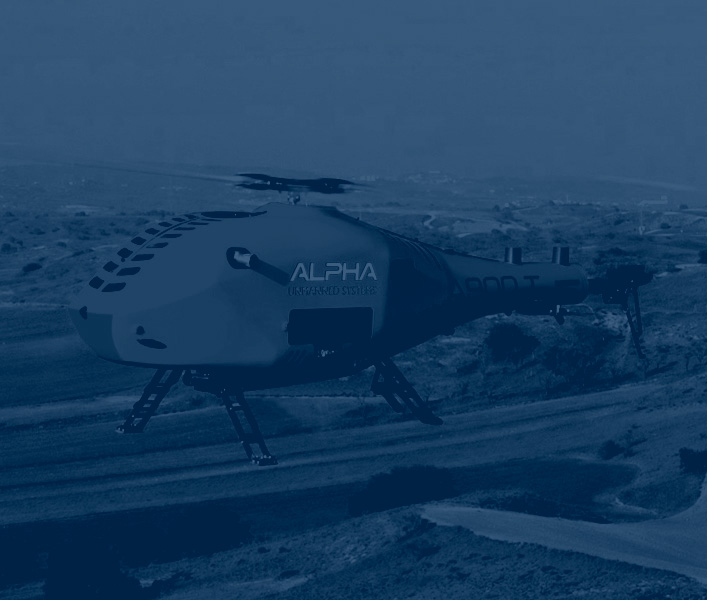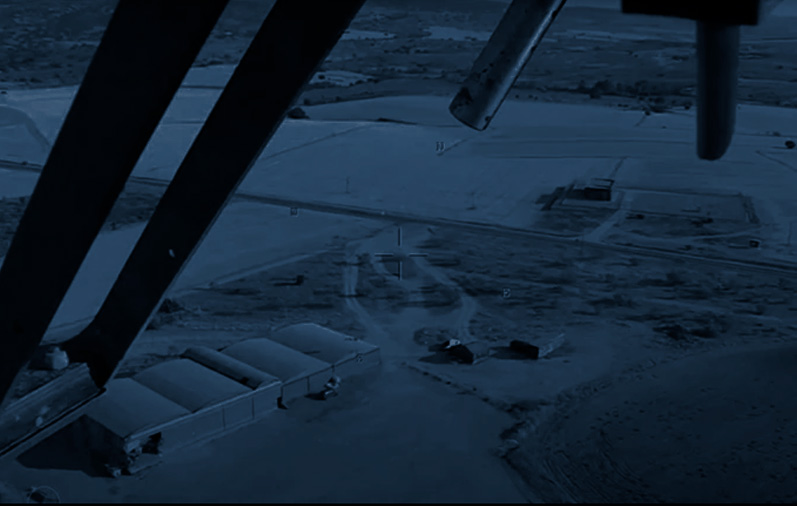The Center for Experimental Flights ATLAS (Villacarrillo, Jaén) hosts the first study by EASA (European Union Air Safety Agency) to study the noise impact from drones.
According to Atlas, up to 9 drones participated in the series of test flights that occurred during the first half of September. The objective of the flights was to advance the classification and procedures to be required for noise certification for this type of aeronautical platforms.
These flight drills form part of an investigation contract underwritten by ANOTEC in Andalucia with EASA. In the flight drills that took place at ATLAS, multiple scenarios and variables were evaluated regarding flight procedures. Factors including precision, costs and replicability were considered.
Sound measurement equipment deployed on ground included 6 microphones, 2 meteorology stations, 3 high-res digital cameras UAV tracking. The UAVs themselves included precise positioning electronics and professional flight control systems.Test flights with minimal deviation were performed, tracking the planned trajectory through the deployed microphones.
The nine drones that participated in the drills were supplied by CATEC and included two multi-rotor platforms, one fixed wing UAV, a TARSIS fixed-wing UAV from Aertec Solutions weighning 75kgs, an Alpha 800 from Alpha Unmanned Systems weighing 14kgs, and a multirotor hybrid platform from Quaternium known as the Quaternium Hybrix.
Thanks to the results obtained from the drills by ANOTEC, a series of future testing requirements has been developed. These requirements will permit the noise certification for those drones that may require it. In addition, flight procedures have been defined to measure noise for normal flights on all platforms.






















